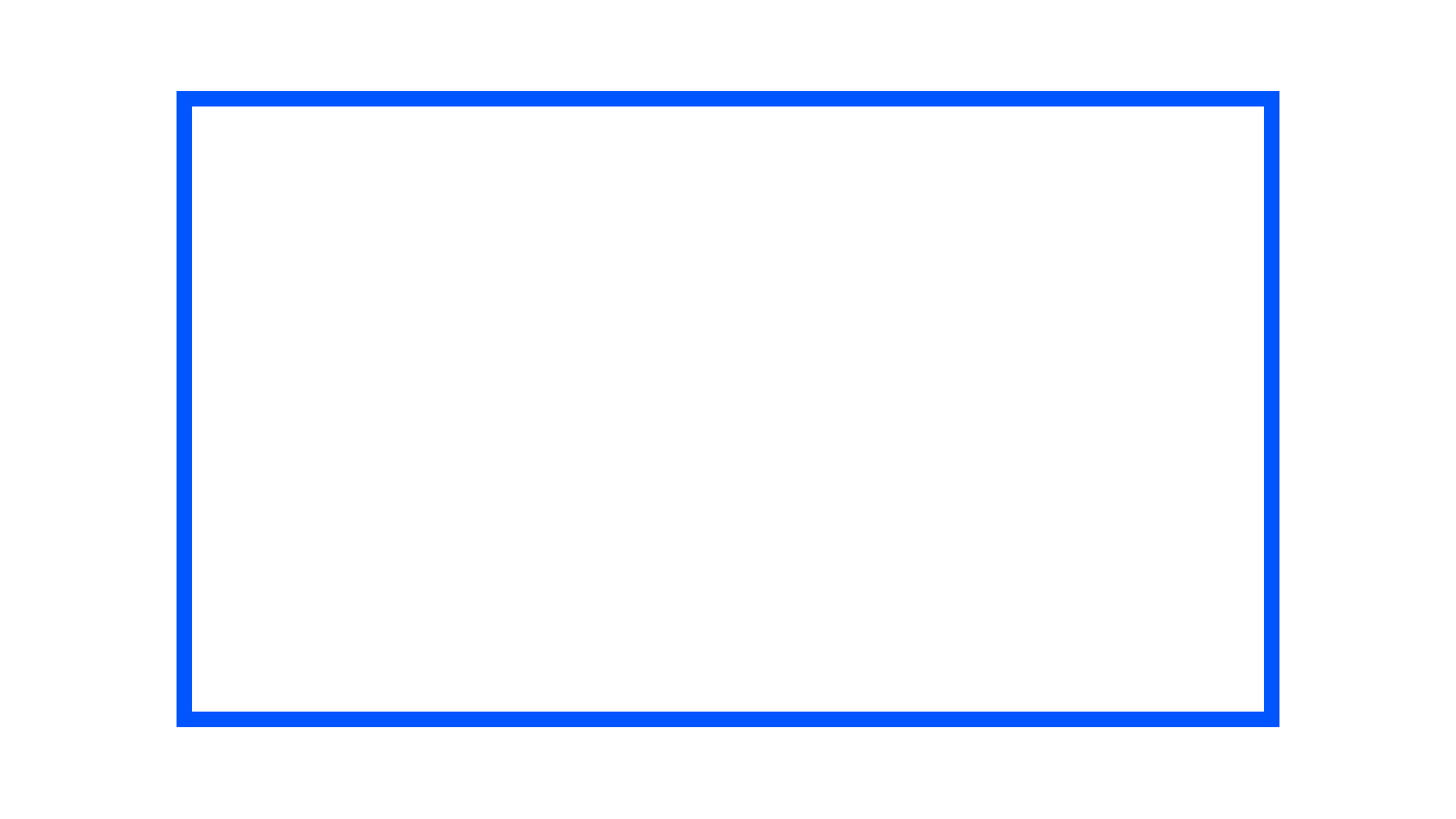

In an increasingly complex brandscape where trust is currency and visual memory drives consumer choice, Aldi’s long-standing practice of mimicking major brand packaging has long irritated me and sparked debate amongst peers. Having worked with household names for decades, I’ve seen my work blatantly “inspired” many products on the Aldi shelf. Should brand owners feel “flattered”, absolutely not. And I’m not the only one who thinks this practice of plagiarism crosses a line. My irritation recently reignited by a global debate, this time, it’s Cadbury, owned by Mondelez, claiming that Aldi’s private-label chocolate range too closely resembles its own iconic packaging design. Of course it does.
As reported by The Dieline in June 2025, Mondelez has raised serious concerns about consumer confusion, stating that Aldi’s purple-wrapped “lookalikes” leverage Cadbury’s distinctive brand assets to gain shelf appeal without investing in the brand-building effort. And as ABC News Australia explored in a parallel feature, consumers themselves are split, some feeling duped, others knowingly opting for the cheaper rip-off.
This isn’t just a legal or commercial issue. It’s a lesson in semiotics, behavioural science, and ethical brand design.
One of the most powerful ways to embed memory is through the use of distinctive brand codes, colour, form, typography, and iconography that act as mental shortcuts in a saturated market. This is well documented in text with local research experts like Professor Jenni Romanuik and globally through the semiotic work of Dr Rachel Lawes. Aldi understands this of course. Its visual strategies rely on replicating just enough familiarity to benefit from another brand’s equity but there are many instances where this is blatant plagiarism, only permitted because of their buying power and commercial relationships with the brand owners, or in the knowledge that independent brands likely don’t have funding to make a legal challenge.
As CEO of a strategic branding agency, our enterprise processes are setup to not only document the original and authenticity of our strategic thinking and design ideas, we track the sources and “inspiration” of all our projects down to the last detail. We are legally obliged, under agreement by all major brand owners, to have authored all outcomes without breach of copyright. When you earn a living from creating assets and systems that adds equity to a brand’s value, you understand the professional and legal responsibility of copyright and ownership.
When familiarity crosses into confusion, it stops being clever design and becomes an ethical grey area. Aldi’s approach is undeniably effective in the short term, and they are not the only ones who have a history of this practice, our two major Australian retailers are guilty too. As the ABC article outlines, price-driven consumers often don’t scrutinise packaging, they rely on quick cues and colour - codes that sometime have been established by category leaders for decades, if not centuries. But what does this mean for the future of brand equity? For creativity? For consumer trust?
Design must do more than prompt a sale. It should reinforce brand trust, signal values, and build long-term distinctiveness. It’s why we have just launched a new proprietary framework, BrandOrbit™ which is a culmination of career experience, helping product and corporate brands strengthen their equity by connecting the fundamentals of behavioural science with the branding process. It’s built on these principles: Meaning, Memory, Momentum, and Moonshot (the magic). When design leans too heavily on mimicry, it strips away meaning and undermines the very momentum brands work so hard to create. Insert an already challenging market landscape and the proliferation of AI extracting “ideas” from a global creative archive, and you have a recipe for confusion, plagiarism and erosion or authorship.
For marketers and agencies, the lesson is clear: your brand codes are not just decoration. They’re intellectual, emotional, and commercial assets. Invest in them. Protect them. And create with integrity, not imitation.
Because building a brand that’s chosen again and again isn’t about being the cheapest on shelf, it’s about being the one people remember, recommend, and trust.
Want to know more about our BrandOrbit™ framework? Get in touch or subscribe to our EDM to see recent case studies of our work with Australia’s leading brands.
—
Amber Bonney
Founder & CEO, The Edison Agency
Building brands people want, leaders are proud of, and competitors envy
References:
Are Shoppers Confused by Aldi’s Look-A-Like Packaging Design? Mondelez Says Yes – The Dieline, June 2025
Why Some of Aldi’s Supermarket Products Look So Familiar – ABC News Australia
Images: sourced from Aldi.com.au and Woolworths.com.au